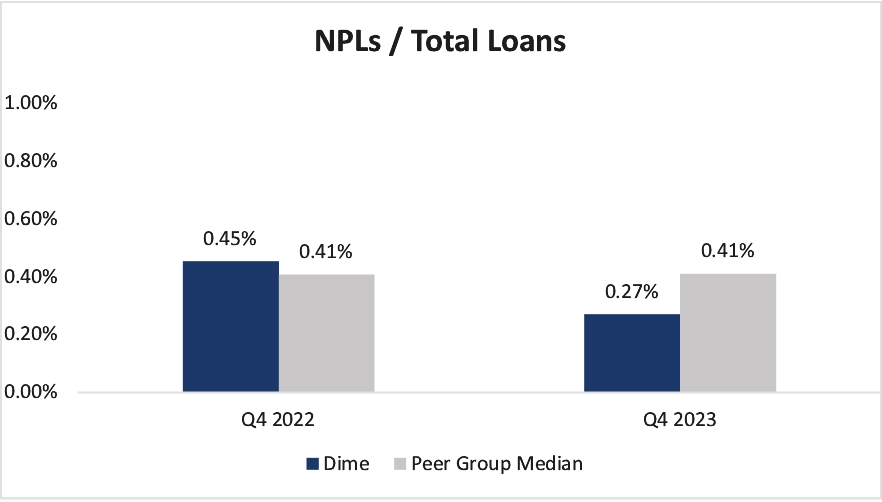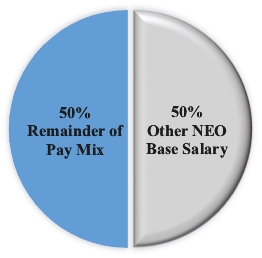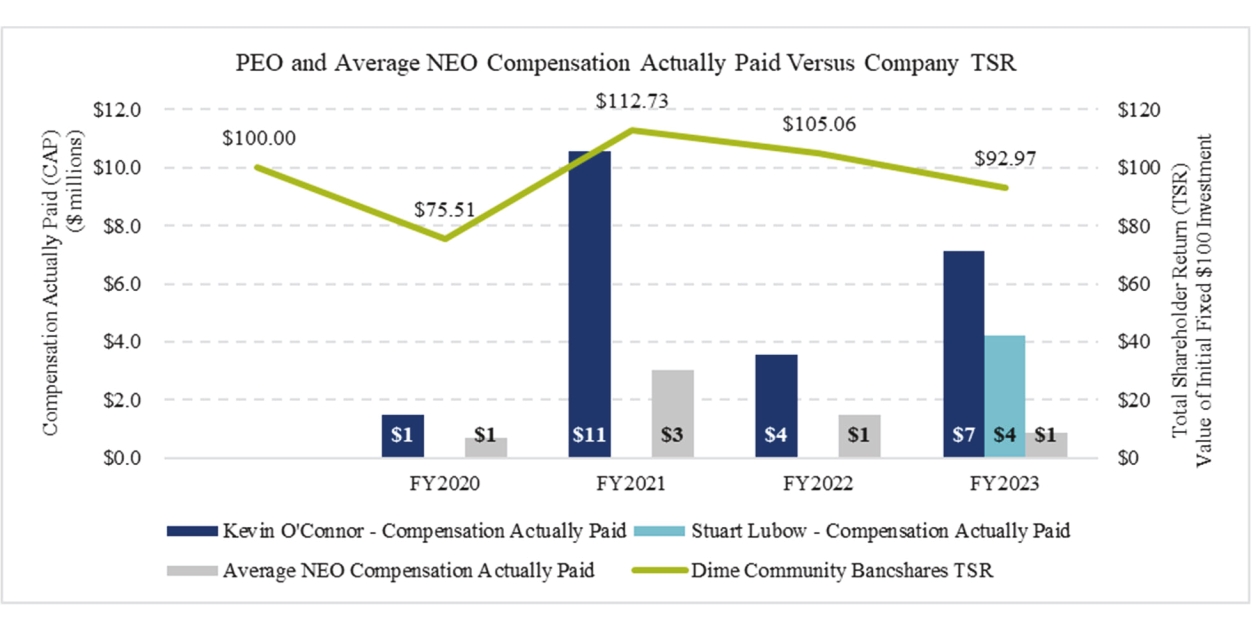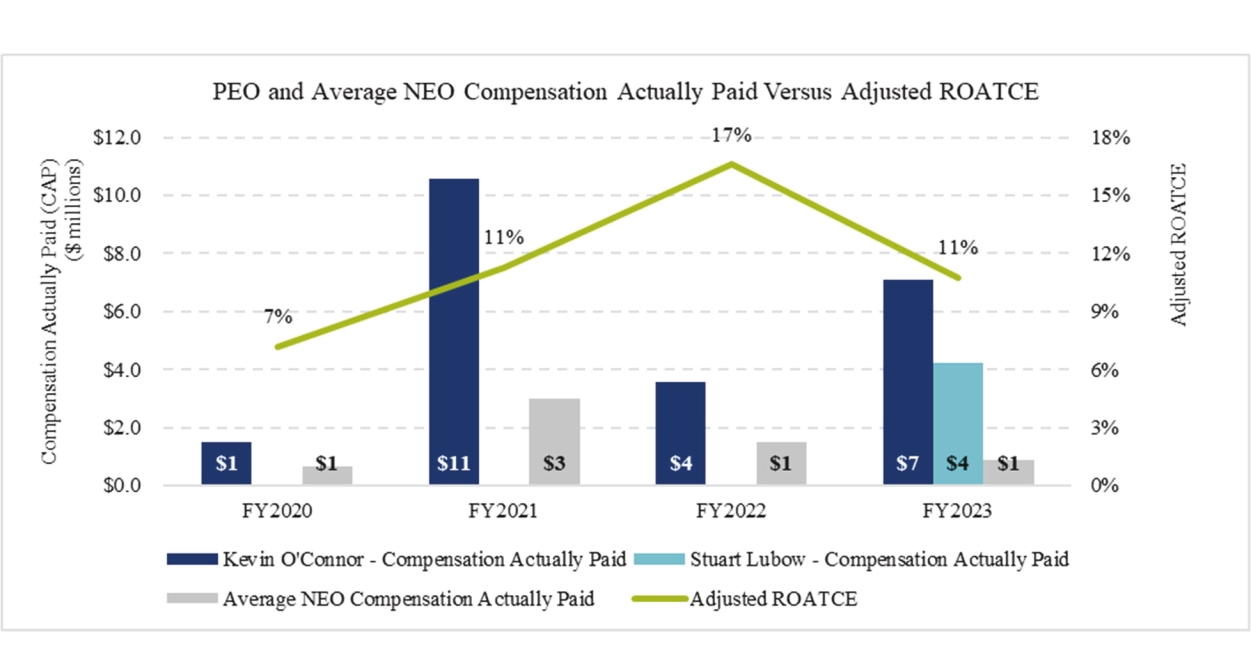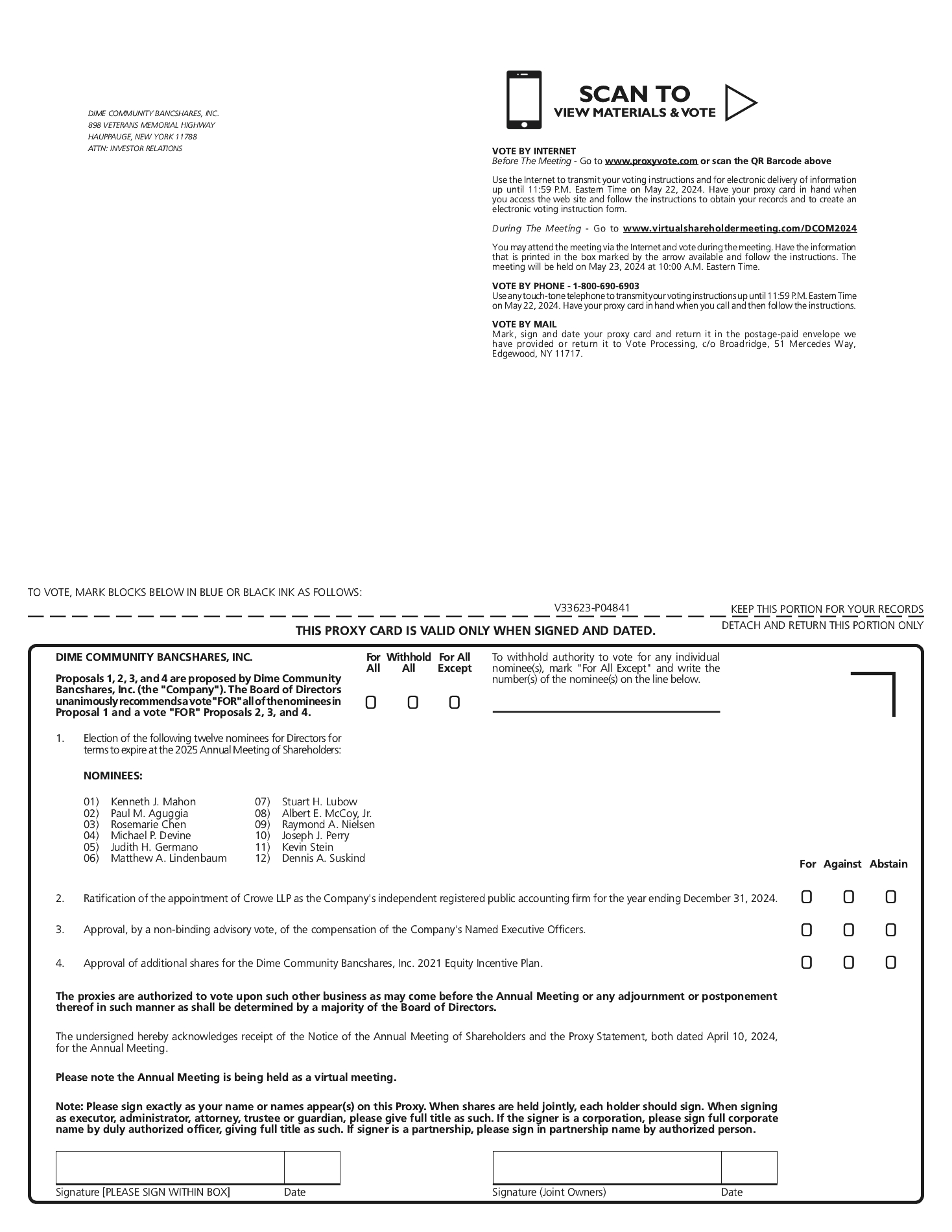In addition, the grant to Mr. Lubow was in recognition of his leadership in developing the Company’s 2023-2025 strategic plan and as an incentive to achieve the goals associated with the Company’s strategic plan. Mr. Lubow was essential in the hiring of deposit-gathering teams from closed regional banks in 2023. Those teams are expected to continue to enhance the Company’s deposit franchise relative to New York/New Jersey metropolitan area peer banks. He has also been tasked with moderating the Company’s CRE concentration ratio. These objectives focus on key annual & long-term objectives we believe are critical in creating value for shareholders.
Consistent with the foregoing, the performance metrics for Mr. Lubow are Relative Deposit Franchise Quality Among Metro NY/NJ Peer banks, Relative Total Shareholder Return, and CRE Concentration Ratio. These metrics require the achievement of goals that are as demanding or more demanding than those used in the Company’s other incentive plans.
| | Relative Deposit Franchise Quality Among Metro NY/NJ Banks(1) | | | 40.0% | | | 25th Percentile | | | 50th Percentile | | | 75th Percentile | |
| | Relative Total Shareholder Return(2) | | | 40.0% | | | 50th Percentile | | | 65th Percentile | | | 80th Percentile | |
| | CRE Concentration Ratio (Consolidated)(3) | | | 20% | | | 525.0% | | | 485.0% | | | 460.0% | |
| | Percent of Target Earned | | | | | | 80% | | | 100% | | | 120% | |
(1) Includes Metropolitan Commercial Bank, ConnectOne Bank, OceanFirst Bank, Brookline Bank, First National Bank of Long Island, Peapack- Gladstone Bank, Flushing Bank, Provident Bank, Columbia Bank, Flagstar Bank, Valley Bank, and Webster Bank. Metric includes the cost of total deposits and non-interest-bearing deposit percentage. Measurement period for cost and average balances is June 30, 2025 to June 30, 2026.
(2) Measurement period is September 1, 2023 to August 31, 2026.
(3) Measured at June 30, 2026.
The performance-based awards cliff vest on August 31, 2026 and include the achievements in 2023 toward accomplishing the performance objectives. Assuming vesting of the performance-based, promotion equity awards to Mr. Lubow at Target, the grant date value of the awards was $1,625,048. The grant date value at Maximum was $1,755,052.
For Mr. Fegan, in addition to his promotion to Senior Executive Vice President in 2023, the performance-based, promotion equity grant was in recognition of his overall value to the Company. Mr. Fegan was integral to the successful implementation of the Bank’s online account opening system and escrow management platform. The Company views Mr. Fegan as an essential part of the Company’s future success. He is responsible for the Company’s technology, loan administration, deposit operations, and facilities departments. The performance in connectionmetrics for Mr. Fegan’s grant mirror the 2023 LTIP performance metrics, as discussed above under “2023 LTIP,” and provides for a Threshold level of 7,500 shares and a Maximum level of 12,500 shares.
Assuming vesting of the performance-based, promotion equity awards to Mr. Fegan at Target, the grant date value of the awards was $216,674. The grant date value at Maximum was $243,758.
Perquisites and Other Personal Benefits The Company provides NEOs with
year-end results,perquisites and other personal benefits that the
individual’s accomplishmentsCompany and the
position held byCompensation Committee believe are reasonable and consistent with its overall compensation program to better enable the
individual. TheCompany to attract and retain employees for key positions. In lieu of any specific perquisites, Mr. Lubow is paid an annual sum of $100,000 and Messrs. Reddy and Gunther are paid an annual sum of $50,000. Mr. Fegan and Ms. Schaubeck are paid a car allowance of $700 per month. In addition, the NEOs are
partieseligible to
employment and/or changeparticipate in
control agreements which arethe plans and programs described
elsewhere in this Proxy statement.In the first halfabove. Attributed costs of 2015, the Company completed its acquisition of Community National Bank, resulting in significant growth in both asset size and market capitalization. Due to these factors, the Compensation Peer Group was subsequently reviewed and updated by the Committee. The updated Compensation Peer Group was used to measure the Company’s relative performance under the 2015 STIP and to help establish fiscal year 2016 pay levelspersonal benefits described for the Named Executive Officers. The updated Compensation Peer Group follows:
Compensation Peer Group | |
Brookline Bancorp Inc. | Lakeland Bancorp |
Bryn Mawr Bank Corp. | Meridian Bancorp Inc. |
Cardinal Financial Corp. | OceanFirst Financial Corp. |
Century Bancorp Inc. | Oritani Financial Corp. |
ConnectOne Bancorp, Inc. | Peapack-Gladstone Financial |
Dime Community Bancshares | Sandy Spring Bancorp Inc. |
Eagle Bancorp Inc | Suffolk Bancorp |
Enterprise Bancorp Inc. | TowneBank |
First of Long Island Corp. | Univest Corp. of Pennsylvania |
Flushing Financial Corp. | Washington Trust Bancorp Inc. |
Hingham Instit. for Savings | WSFS Financial Corp. |
2015 Executive Compensation Components
ForNEOs for the fiscal year ended December 31, 2015, the principal components of compensation for NEOs were:
| · | Short term incentive program |
| · | Long term equity incentive compensation |
| · | Retirement and other benefits |
| · | Perquisites and other personal benefits |
Base Salary
The Company provides NEOs and other employees with base salary to compensate them for services rendered during the fiscal year. Base salary ranges for NEOs are determined for each executive based on his or her position and responsibility by using market data. Base salary ranges are designed so that salary opportunities for a given position will generally reflect +/- 15% of the market 50th percentile. The annual salary of the NEOs is reviewed annually by the Compensation Committee and Board of Directors. Base salaries for the NEOs for 2015 and 2014 follows:
| | | 2015 | | | 2014 | | | % Change | |
| Kevin M. O’Connor | | $ | 515,000 | | | $ | 440,000 | | | | 17 | % |
| Howard H. Nolan | | $ | 305,000 | | | $ | 280,000 | | | | 9 | % |
| Kevin Santacroce | | $ | 300,000 | | | $ | 260,000 | | | | 15 | % |
| James Manseau | | $ | 285,000 | | | $ | 260,000 | | | | 10 | % |
| John M. McCaffery | | $ | 285,000 | | | $ | 250,000 | | | | 14 | % |
The increases in 2015 base salaries addressed the general shortfall to market and brought the NEOs into alignment with the base salaries of the proxy peers.
Short Term Incentive Program
Each NEO has an incentive opportunity defined by a target incentive and range that is based on their role and competitive market practice. Incentive targets/ranges are expressed as a percentage of base salary and determined based on competitive market practice for similar roles in similar organizations. The Board established the financial performance targets to be used in establishing awards under the STIP for fiscal 2015, as well as the percentage of base salary that can be earned by each category of officer based on the achievement of targets. The Plan is structured as follows:
Goals Relative to Peers | | Weighing % |
Core ROAE | | 30% |
Core Operating Expense to Average Assets | | 10% |
Total Relative Goals | | 40% |
| | |
Board Defined “Absolute” Goals | | |
Core EPS | | 20% |
NPA to Assets | | 10% |
Net Chargeoffs to Avg Loans | | 10% |
Total Absolute Goals | | 40% |
| | |
Board Discretion | | 20% |
Total | | 100% |
The “relative” peer goals are measured using the trailing twelve months of performance as of September 30. The “absolute” goals are established by the Board and based on the year ended December 31, 2015. The remaining 20% is determined at the discretion of the Board. The Company also maintains a STIP for all other employees based on absolute goals approved by the Committee and Board. The NEOs have agreed that their performance achievement will not exceed the performance achievement of the other employee STIP. The “Core” goals above exclude the costs associated with the acquisition of CNB, and net losses on the sale of securities. We set our threshold, target and maximum performance levels as follows for the Core ROAE and Core Operating Expense to Average Assets relative peer measures:
| · | Threshold Performance: | 25th percentile |
| · | Target Performance: | 50th percentile |
| · | Maximum Performance: | 75th percentile |
In order to earn a minimum payout, the Company’s performance achievement must equal or exceed the threshold level. If none of the performance criteria are achieved, no short term incentive is earned under the
Plan. However, the Compensation Committee may at its discretion, recommend to the Board awards it considers reasonable. For 2015, Bridge Bancorp’s performance achievement was as follows:
| | | | | | | | | | | | | | | 2015 |
| | | | | | | | | | | BDGE at | | % of Max | | BDGE |
| Relative Measures* | | Weightings | | Threshold | | Target | | Max | | 12/31/15 | | Achieved | | Achievment |
| | | | | | | | | | | | | | | |
| Core ROAE | | 30% | | 8.18% | | 9.29% | | 10.42% | | 10.48% | | 100% | | 30% |
| Core Operating Expenses/Average Assets | | 10% | | 2.73% | | 2.28% | | 1.68% | | 2.17% | | 76% | | 8% |
| | | 40% | | | | | | | | | | | | 38% |
| Absolute Measures | | | | | | | | | | | | | | |
| Core EPS* | | 20% | | $1.83 | | $1.88 | | $1.93 | | $1.85 | | 42% | | 8% |
| NPA's to Assets | | 10% | | 0.40% | | 0.25% | | 0.10% | | 0.04% | | 100% | | 10% |
| Net Charge-offs/ Avg Loans | | 10% | | 0.15% | | 0.10% | | 0.05% | | 0.03% | | 100% | | 10% |
| | | 40% | | | | | | | | | | | | 28% |
| | | | | | | | | | | | | | | |
| Quantitative measures | | 80% | | | | | | | | | | | | 66% |
| | | | | | | | | | | | | | | |
| Board Discretion | | 20% | | | | | | | | | | | | 14% |
| | | | | | | | | | | | | | | |
| Total Achievement | | 100% | | | | | | | | | | | | 80% |
* Relative measures based on Twelve Months Ended 9/30/15
The Company’s achievement for the relative peer measures reflects Core ROAE at the 77th percentile and Operating Expense to Average Assets at the 57th percentile. In determining the discretionary % to be awarded, the Committee and Board considered the Company’s % achievement for the quantitative measures as well as the quantitative performance of the other employees’ STIP. As the other employee STIP quantitative performance was 60%, the Board adjusted the discretionary component awarded to the NEOs from 20% to 14% resulting in total Company achievement of 80% of the maximum incentive opportunity, consistent with the other employee STIP performance achievement and the following payout % of base salary for each NEO:
| | | Payout Opportunity as a % of Base Salary | | | Actual Payout | |
| NEO | | Threshold % | | | Target % | | | Maximum % | | | % of Base Salary | |
| | | | | | | | | | | | | |
| Kevin M. O’Connor | | | 25 | % | | | 50 | % | | | 75 | % | | | 60 | % |
| Howard H. Nolan | | | 18.5 | % | | | 37 | % | | | 55 | % | | | 44 | % |
| Kevin L. Santacroce | | | 17 | % | | | 34 | % | | | 50 | % | | | 40 | % |
| James J. Manseau | | | 17 | % | | | 34 | % | | | 50 | % | | | 40 | % |
| John M. McCaffery | | | 17 | % | | | 34 | % | | | 50 | % | | | 40 | % |
As described fully in the proxy filed in 2015, the 2014 Plan had the same five performance goals noted above; two relative measures vs the compensation peer group: return on average equity, operating expense to average assets, and three absolute measures determined by the Board: core earnings per share, nonperforming assets as a percentage of total assets, and net charge-offs to average assets. The Company achieved 79% of the maximum incentive opportunity in 2014 and these results determined the $ value of the equity awards granted in 2015.
In order to further ensure that the Company’s compensation programs do not encourage undue and unnecessary risks and promote a long-term outlook among the NEOs, the Committee and Board determined that the amount earned under the Short Term Incentive Plan for 2015 will be paid to the NEOs, partially (50%) in cash and partially (50%) in restricted stock awards. Each restricted stock award vests over five years, with one third vesting in each of years 3, 4 and 5.Dividends are paid on unvested restricted stock awards. The incentive compensation earned by NEOs for the years ended December 31, 2015 and 2014, respectively, reflecting the impact of performance achievements is as follows:
| | | Incentive Compensation Earned for the Years Ended December 31, |
| | | 2015 | | 2014 |
| | | | | Restricted | | | | | | Restricted | | |
| | | Cash | | Stock | | Total | | Cash | | Stock | | Total |
| Kevin M. O'Connor | | $154,500 | | $154,500 | | $309,000 | | $130,350 | | $130,350 | | $260,700 |
| Howard H. Nolan | | $67,100 | | $67,100 | | $134,200 | | $60,850 | | $60,850 | | $121,700 |
| Kevin L. Santacroce | | $60,000 | | $60,000 | | $120,000 | | $51,350 | | $51,350 | | $102,700 |
| James J. Manseau | | $57,000 | | $57,000 | | $114,000 | | $51,350 | | $51,350 | | $102,700 |
| John M. McCaffery | | $57,000 | | $57,000 | | $114,000 | | $49,400 | | $49,400 | | $98,800 |
The 2014 restricted stock awards noted in the table above2023 are included in the 2015 Summary“All Other Compensation” column of the “Summary Compensation Table, “ below. The Company and the Bank have entered into employment agreements with Messrs. Lubow, Reddy and Gunther, and change in control employment agreements with Mr. Fegan and Ms. Schaubeck, which are described under the heading “Stock Awards”.
Long Term Stock Incentive Program
The 2012 Stock-Based Incentive Plan (“2012 SBIP”), which was approved by the Company’s stockholders at the 2012 Annual Meeting of Stockholders, gives the Board the latitude to provide incentives and rewards to employees and Directors who are largely responsible for the success and growth of Bridge Bancorp, Inc. and its affiliates, and to assist all such entities in attracting and retaining experienced and qualified Directors, executives and other key employees.
Stock options may be either incentive stock options, which bestow certain tax benefits on the optionee, or non-qualified stock options, not qualifying for such benefits. All options have an exercise price that is not less than the market value of the Company’s Common Stock on the date of the grant. Historically, stock based awards under the Company’s plans have either been stock options or shares of restricted stock (which are shares of Common Stock that are forfeitable and are subject to restrictions on transfer prior to the vesting date).
“Employment Agreements, “ below. The vesting of restricted stock depends upon the executives continuing to render services to the Company. Restricted stock awards carry dividend and voting rights from the date of grant. Restricted shares are forfeited if the award holder departs the Company before vesting. Options have no value unless the Company’s stock price rises over time, and the value of restricted shares over time also is directly proportionate to the market value of the Company’s stock. The Committee’s recommendations on granting options and restricted stock awards are based on the evaluation of the Company’s performance in connection with year end results, the individual’s accomplishments, the position held by the individual and the individual’s overall compensation compared to the Company’s compensation peer group.
As discussed previously, in 2014 the Compensation Committee and Board re-designed the LTI Plan for the NEOs to include performance based awards. Sixty percent of the awardsare performance vested, and 40% are time vested. The performance based awards are in the form of restricted stock units (“RSUs”) and are subject to adjustment up or down based upon the Company’s 3 year TSR relative to peer banks. The awards cliff vest in five years and require an additional two year holding period before the RSUs are delivered in shares of common stock.Dividends on unvested RSUs accrue to the executive in the form of additional RSUs and are subjective to forfeiture prior to vesting. The Summary Compensation Table includes the February 2015 grant of 20,554 in RSUs with 60% or 12,185 in performance based PSUs, and 40% or 8,369 in time vested RSUs. Both vest on February 15, 2020 and require an additional two year holding period before the RSUs are delivered in shares of common stock.
Retirement and Other Benefits
401(k) Plan
The Bank maintains
athe Dime Community Bank 401(k)
plan (the “401(k) Plan”)Plan for the benefit of its
employees.employees, including the NEOs. During
2015,2023, the Bank matched 100% of the employee’s contributions up to 1% of pay plus 50% of the
employee‘semployee’s contributions that exceed 1% but are less than 6% of pay (a maximum company match of 3.5% of pay). All employees, including the NEOs, can defer a minimum of 1% and a maximum of 100% of their annual income as long as the deferred compensation does not exceed Internal Revenue Service
(IRS)(“IRS”) limits. In addition, employees
ofat Tier 2 and Tier 3 (Tiers described below) may receive a discretionary
profit sharingprofit-sharing benefit.
No profit-sharing benefits were paid for 2023.
The Bank maintainsPension Plan
Mr. O’Connor was a participant in the Legacy BNB non-contributory, tax-qualified defined benefit pension plan (the “Pension Plan”) for eligible employees. All employees hired before October 1, 2012 that are at least age 21 and have completed at least one year of service are eligible to participate in the Pension Plan. The Pension Plan provides for a benefit for each participant according to the Tier the employee belongs to outlined below.until August 31, 2023. Compensation used to determine benefits in the plan are all wages, tips, and other compensation as reported on form W-2, such as any amounts which are treated as salary reduction contributions under a 401(k) plan, a cafeteria plan, or a qualified flexible benefitsbenefit plan. The Normal Benefit Form







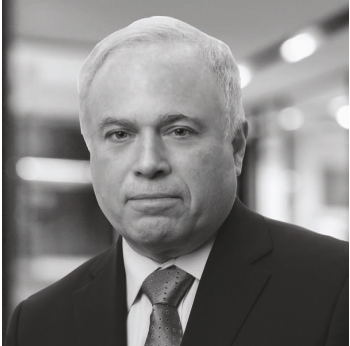


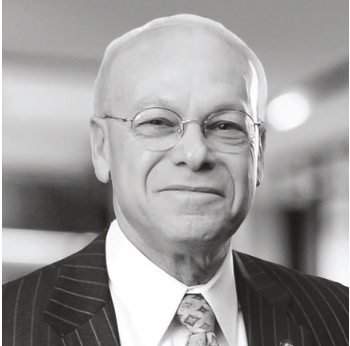







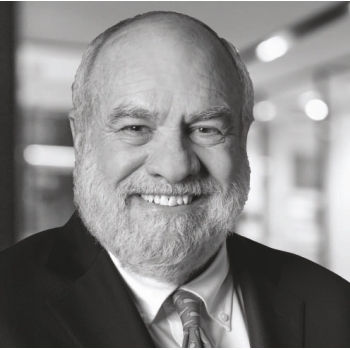


 Environmental Awareness
Environmental Awareness Social Commitment
Social Commitment Governance
Governance